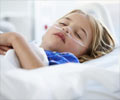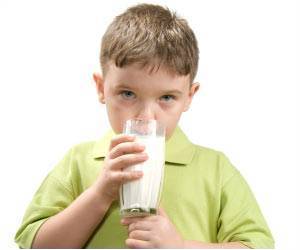Sudden infant death syndrome (SIDS) is characterized by death of an infant that is not explained by medical history and remains unexplained even after an autopsy.

Patricia Schnitzer and her colleagues evaluated 3136 sleep related infant death cases and identified the risk factors for sleep-associated sudden unexpected infant deaths (SUIDs) from the data collected from nine states that included Delaware, Hawaii, California, Michigan, Ohio, Nevada, Tennessee, Pennsylvania and Texas.
Recognition of the effect of hazardous environment on infant sleep is imperative to minimize the death of infants.
Only 25 percent of the infants were found to sleep on their back or in a crib while64 percent of the infants shared the sleeping space and nearly half of these infants shared the sleeping surface with adults.
The 3136 sudden unexpected infant deaths (SUIDs) were categorized into three segments- SIDS (30.6 percent), undetermined cause (39.5 percent) and suffocation (29.9 percent).
It was seen that most of the deaths occurred in male infants (57 percent) and in infants below the age of 4 months (71 percent). The majority of caregivers were female. Only 24 percent of infants were sleeping in a crib or bassinette at the time of death; 47 percent were in an adult bed, and another 13 percent were on a couch or chair. Twenty five percent of them were on their backs and 35 percent on their stomach.
Schnitzer said, “Since the Back-to-Sleep Campaign began, deaths from Sudden Infant Death Syndrome (SIDS) have decreased, but infant sleep-related deaths resulting from suffocation dramatically have increased.Sharing beds with infants is more common now, so we want to help new parents understand the risks."
Despite the recommendations made by the experts, there has been continuous increase in sharing bed with infants. Future researches should emphasize and focus on developing novel interventions to facilitate behavioral changes and provide a safe infant sleep environment.
Reference:
Sudden Unexpected Infant Deaths - Sleep Environment and Circumstances; Patricia Schnitzer et al; Am J Public Health. 2012;102(6):1204-1212
Source-Medindia
 MEDINDIA
MEDINDIA
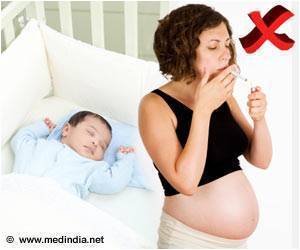
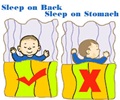

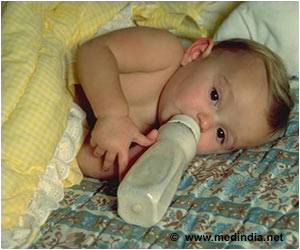
 Email
Email
